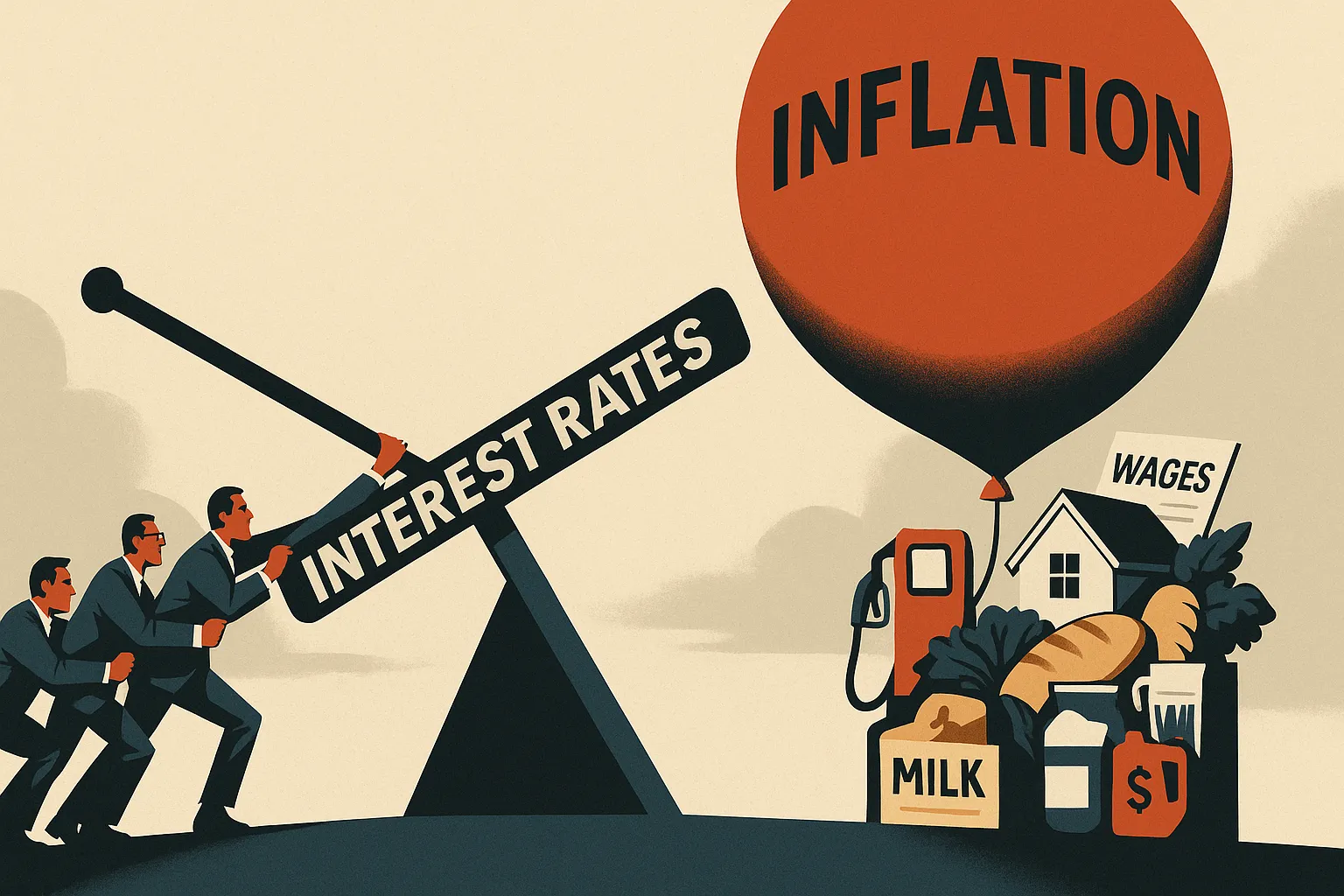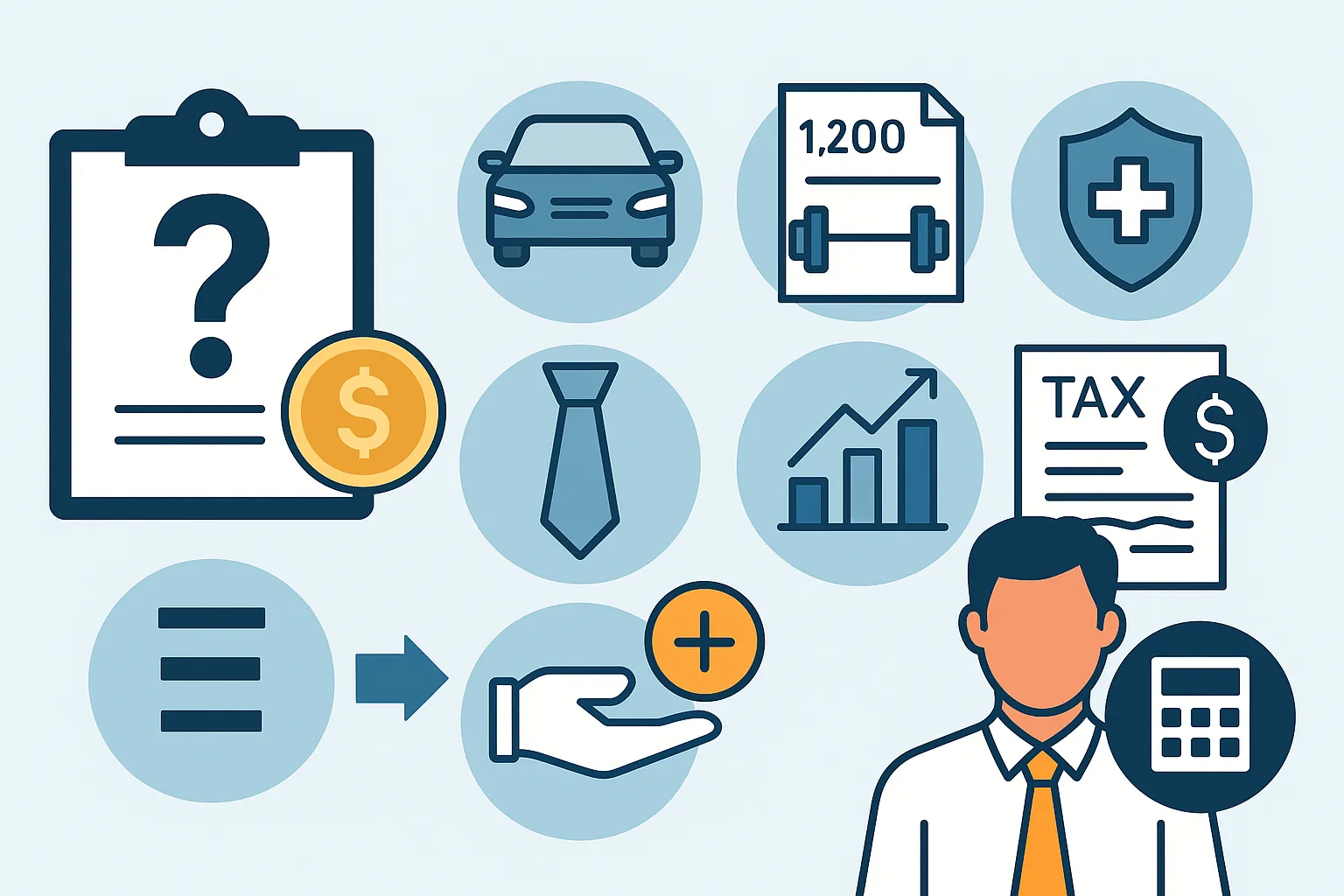Do the Wealthy Really Pay Less in Taxes?

There's a common perception that the wealthy don’t pay taxes. But what’s really going on is that the US tax code favors how income is earned over how much is earned—especially through capital gains, deferred income, and legal loopholes that don't apply to most wage earners.
According to IRS data, the top 1% of US earners paid about 26% in effective federal income taxes in 2020. This article breaks down why some high earners pay surprisingly low effective tax rates, and how tax code structure—not just tax avoidance—drives the disparity.
Key Takeaways
- Capital gains and qualified dividends are taxed at lower rates than wages—often 15% or 20% instead of 37%.
- The ultra-wealthy often defer income or borrow against assets, minimizing taxable events.
- Many middle- and upper-middle-income earners face higher effective tax rates than billionaires because they rely on wages.
- These differences spark ongoing debates around tax fairness, loophole closure, and wealth inequality.
The Capital Gains Advantage
One of the most significant drivers of lower effective tax rates among the wealthy is the capital gains tax structure. Long-term capital gains (profits from assets held over a year) and qualified dividends are taxed at 0%, 15%, or 20%—depending on income. In contrast, wages can be taxed up to 37%, plus payroll taxes.
- Hypothetical Example: A tech executive earning $1M in salary may face a marginal tax rate of 37% + Medicare. But an investor selling $1M in long-held stock might owe only 20%—or less with strategic timing or tax-loss harvesting.
This distinction turns income type into a key tax-planning variable.
How Deferred Income Skews the Picture
Many ultra-high net worth individuals don’t “earn” in the traditional sense. Instead, they:
- Hold appreciating assets without selling
- Borrow against their portfolios to access liquidity (tax-free)
- They rely on the step-up in basis at death—resetting the cost basis to fair market value—eliminating unrealized gains for heirs
This “buy, borrow, die” strategy lets wealth grow largely untouched by the IRS. It’s legal—and structurally encouraged.
Hypothetical: Imagine a founder with $100M in stock. Instead of selling and paying $20M in taxes, they borrow $5M against the shares to fund their lifestyle. No taxable event is triggered, and the debt is offset by the appreciated asset.
While middle-income earners pay taxes every paycheck, some ultra-wealthy may delay or reduce taxation for decades.
The Effective Rate Misconception
The headline tax brackets tell one story—but the effective tax rate (total tax paid divided by total income) tells another. According to the White House Council of Economic Advisers, the 400 richest American families paid an average effective federal income tax rate of just 8.2% from 2010 to 2018 (CEA, 2021).
Tax Policy Center data show that married tax units with $200,000–$500,000 of expanded cash income faced a 22.3% average effective federal tax rate in 2020—including income, payroll, estate, and excise taxes. With payroll taxes already at 7.65% (6.2% Social Security and 1.45% Medicare) and limits on itemized deductions baked in, two-income households earning over $300,000 can see true effective federal rates drift into the mid-20 percent range. So the gap isn’t always about dodging taxes—it’s often about structuring income differently.
Why It Matters for Policy—and Public Trust
This tax asymmetry has broader implications:
- Wealth concentration: Easier tax treatment of capital fuels long-term inequality.
- Policy reform debates: Ideas like wealth taxes, minimum effective tax rates, or step-up elimination target these gaps.
- Public perception: Many see the system as unfair when billionaires pay lower rates than professionals. This erodes trust and fuels political polarization.
- Investor behavior: Tax-savvy planning (e.g., holding assets long-term, using Roth accounts) can mirror these strategies at smaller scale.
Some investors may consider:
- Prioritizing tax-efficient accounts
- Managing capital gains exposure through rebalancing windows
- Factoring after-tax returns into portfolio decisions
So what? Understanding how different income types are taxed can help investors not just plan smarter—but see where the fairness debate is really happening.
The Structure Rewards Ownership, Not Just Income
The US tax code can often favor those who own appreciating assets—not those who work for a paycheck. That asymmetry helps explain why headlines about billionaires’ low taxes spark such strong reactions.
How optimized is your portfolio?
PortfolioPilot is used by over 40,000 individuals in the US & Canada to analyze their portfolios of over $30 billion1. Discover your portfolio score now:






